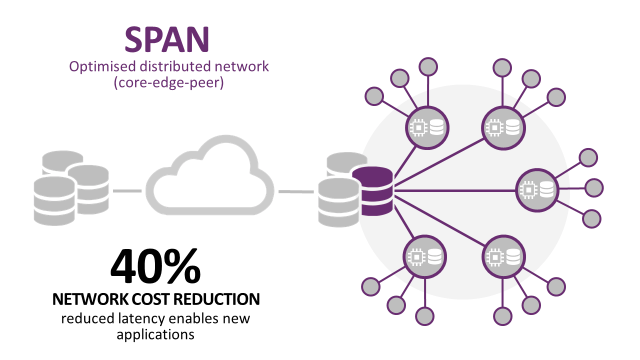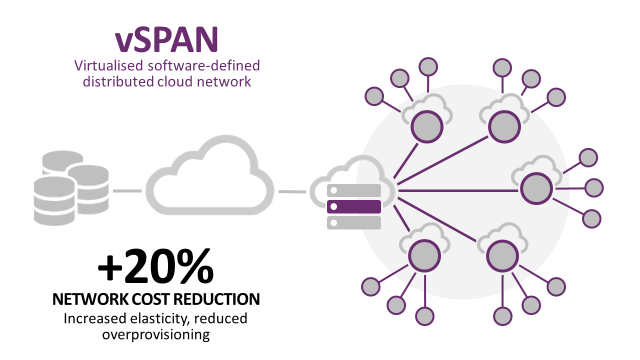Delivering SPAN
Network modelling
Delivering next-generation networks that work seamlessly with existing infrastructure requires next-generation design.
The first stage in a SPAN implementation is to model the network based on customer requirements. Our powerful modelling software identifies the optimum specification and location of every virtual service and the equipment it is based on in the network, minimising capital costs and delivering the efficiencies and scalability needed in a next-gen network.
Our modelling software maps your existing network topology to identify improvements that can deliver immediate efficiencies and cost savings.
Key implementation considerations
Common considerations for most SPAN implementations will include:
- SPAN is fully interoperable with existing networks
- 100% compatibility with existing TCP/IP stacks
Implementation stages
SPAN can be implemented in stages, depending on the level of interoperability required with existing infrastructure.



Post implementation
Once implemented, a SPAN network offers operating characteristics that include:
- SPAN uses content-based routing and switching. The network is aware of what it is routing and makes intelligent decisions about placement and caching.
- SPAN distributes caching storage into EVERY DEVICE in the network, including routers, switches, servers, gateways, access nodes, 5G base stations, STBs, PCs, phones, game consoles, etc.
- When SPAN is implemented, the network IS the computer. Content owners and distributors publish ONCE to the network. Publishers specify storage and distribution QoS parameters. The network manages real time delivery of services.